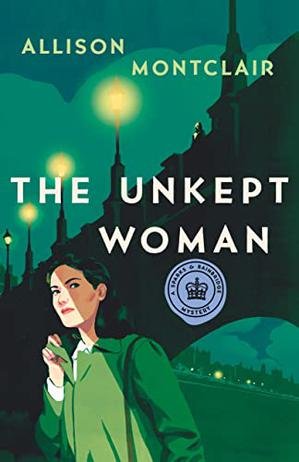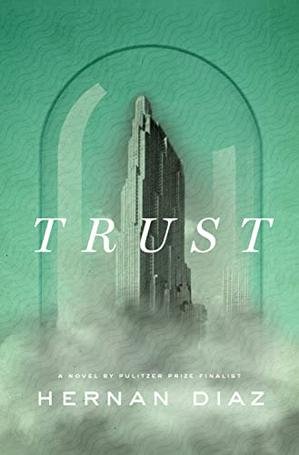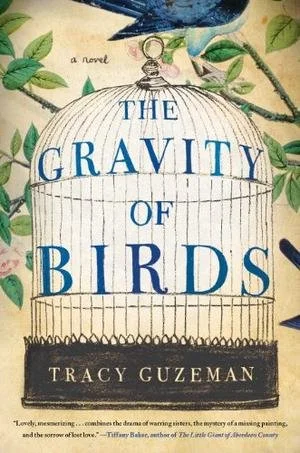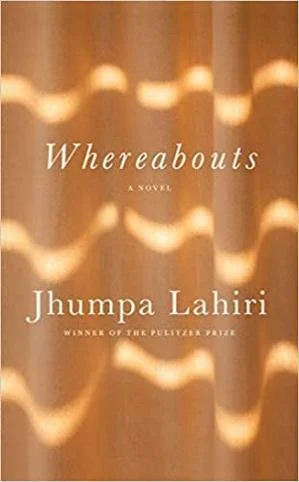Tom Lake Ann Patchett (2023) In 2020, at the start of the pandemic, three young adult daughters of a family are hunkered down at their childhood home, a cherry and apple farm in Michigan, helping harvest the crops. They beg their mother to tell the full story of her summer romance with movie star Peter Duke, which took place back in 1988 when Duke was a struggling young actor. The mother obliges, and the novel toggles between 1988 and 2020. Much of the plot centers on stage productions of Thornton Wilder’s play Our Town, so if you haven’t read or seen the play in a while, it will help if you brush up before starting Tom Lake. That said, the unfolding of the mother’s tale and its connection to the family’s status more than 30 years later are engrossing, with small and large revelations along the way. Novelist Patchett could ask for compensation from the Michigan Travel Commission, given her glowing descriptions of the state’s natural beauty, especially the area around Traverse City, in the northwest quadrant of the Lower Peninsula. (See my review of another Patchett novel here.)
The Altruists Andrew Ridker (2019) An untenured visiting/adjunct professor at a fictitious university in St Louis asks his two adult children to come home from NYC for a weekend. It’s not because he misses them—he’s facing unemployment and needs to have funds from them to bail out the mortgage on the family home. This intimate family drama looks back on pivotal scenes from the 1970s to the recent past, exploring issues of grief, parenting, and, yes, altruism. What do we want to make of our lives? How do we look back from our later years on our choices? How do our finances enter in? Arthur Alter and his children Ethan and Maggie try to answer all these questions as they grope for closure after the death of the matriarch of the family, Francine. Quibbles: I do wish that the novelist’s editor had axed some of his many flawed uses of the word “begrudging.” And the depiction of Maggie’s self-sacrificing lifestyle is somewhat mocking. Overall, though, this is a well-crafted, thought-provoking study of family dynamics.
Wellness Nathan Hill (2023) I noted in my review of Nathan Hill’s previous novel, The Nix, that Hill is exceedingly verbose. He hasn’t trimmed it down any in Wellness, but I still read all 597 pages, even his 45-page treatise (gasp) on the algorithms of Facebook. The novel’s main characters, Jack and Elizabeth, are very endearing people, whom we first meet when they are in college in Chicago in the early 1990s. I kept reading to find out how they fared over the years, in their relationship and in their city. Some chapters travel back to their childhoods, but the focus of the novel is in the early 2010s, when Jack and Elizabeth are approaching middle age and dealing with finances, parenting, and careers. (He’s an adjunct art professor, and she’s a researcher in psychology.) In some ways, Wellness is a profoundly sad book, but the novelist probes deeply into his characters’ psyches, and those characters prove resilient even in the face of tragedy.













































































